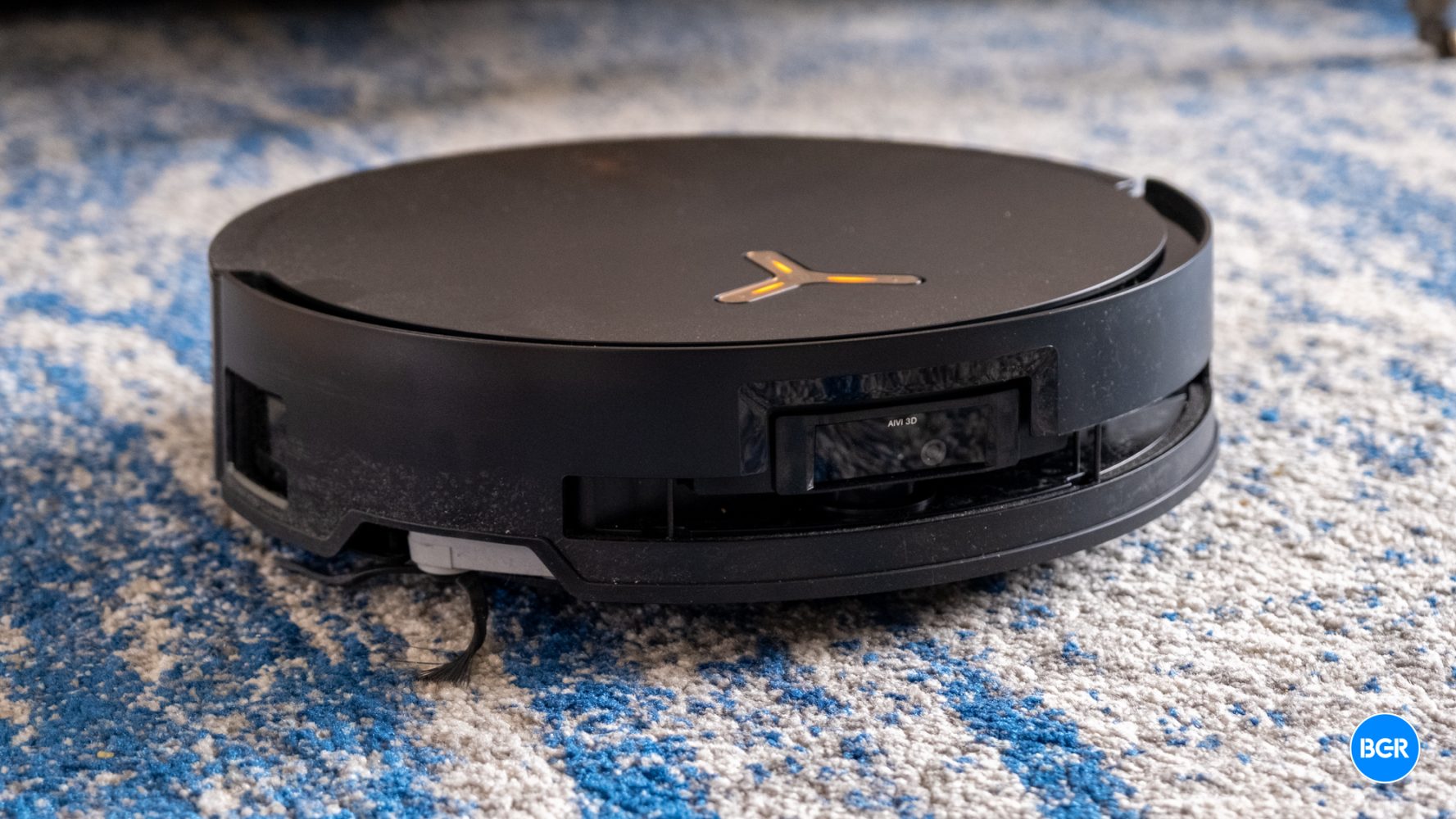Typing a few words and getting a full image in seconds used to sound like science fiction. Now, it’s part of everyday tech. Three of the biggest names in this space- ChatGPT , Grok, and Gemini- have built-in image generators that take a text prompt and turn it into something visual.
They all do the same basic job, but the way they work, the style of the images, and the overall experience feel very different. OpenAI’s image tool inside ChatGPT runs on DALL·E 3 , and the results usually look sharp and well-constructed. The model understands even complex prompts and creates images that make sense, whether it’s a sci-fi cityscape, a surreal painting, or a rough idea for a product design.

The balance of colour, lighting, and layout usually feels more polished than what most other tools manage. A standout feature is the editing option. After the image is created, clicking on a part of it brings up a prompt box that lets the user change just that part.
So, if the sky in a landscape looks boring or a character needs a different outfit, it can be swapped out without starting over. This gives the tool a practical edge, especially when the first version isn’t quite right. There are limits, though.
It avoids anything that might look like a real person or anything sensitive or graphic. That means it plays things safe, especially around realistic faces or edgy themes. Still, for most creative tasks, the trade-off is worth it.
Grok’s image generator, built by xAI and tied to X (formerly Twitter), feels like a totally different vibe. It leans toward bold, loud, and cartoon-like visuals. There’s a clear sense that it was made for quick posts, memes, and jokes—more internet culture than digital design.
It’s fast. Type something silly, and within seconds there’s a goofy picture that fits. Think oversized heads, weird animals, or made-up tech.
But it doesn’t handle realism very well. When asked for detailed or lifelike scenes, it tends to miss the mark, producing warped faces or awkward layouts. There’s no real editing tool either, so fixing anything means starting over.
Still, for fun or informal content, the tool works well. It’s less about precision and more about energy—and it’s clearly aiming for a younger, internet-native audience. Google’s Gemini , on the other hand, takes a more thoughtful approach.
The image generator isn’t the main event, it’s more of a support tool inside a bigger system. When asked for help with a project, article, or presentation, Gemini adds visuals that match the overall theme, instead of just producing something random or flashy. The images tend to be clean and organized.
Charts, illustrations, and layouts for content all come out looking like they belong in a school assignment or a company pitch. The style is often more muted, and there’s less experimentation. While that might not excite digital artists or meme-makers, it works well in serious or academic settings.
One downside is the slower response time. The tool sometimes takes longer to deliver results, and its visual style avoids anything too bold or unexpected. But it does stay on-topic, which makes it a steady option for structured tasks.
ChatGPT delivers the most balance between creativity and quality, making it useful across different types of projects. Grok offers speed and humor but lacks depth and detail. Gemini keeps things focused and clean, perfect for when visuals are part of a bigger job.
No one tool comes out as the winner for everything. The best choice depends on what kind of image is needed—and how much control or chaos the task allows..
















